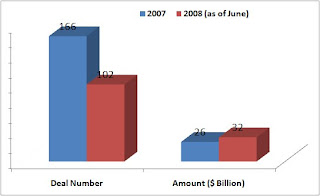Infrastructure: an attractive asset class
Pros:
- The typically very long-term nature of infrastructure investments, some of which are as long as 75 years and can even be regarded as perpetuities, sits very well with pension funds, particularly the ones with a long liability stream of similar duration. This long-term nature is common to both fully privatized entities such as airports or PPP projects where the government has an ongoing involvement.
- The revenues are implicitly linked to inflation, either as a government promise built into regulatory provisions or the business being a basic consumer service which can easily be linked to inflation. Quite often, the charges are increased explicitly with reference to retail price inflation or a wage index and are backed by the government.
- Since infrastructure investments often concern basic consumer or government activities, the cash flows are reasonably stable and have a low elasticity of demand, conferring defensive characteristics.
- They involve monopolistic or quasi-monopolistic activities, and at the least the large scale of the investment required represents a strong barrier to entry.
Cons:
- In the primary phase, failure by the contractor to meet time, cost and performance targets can lead to penalties
- Regulation is the most important risk at the secondary stage.
- Political risk. For example, investors need to rely on deals made with the government being honored. For instance, if a thirty-year agreement is entered into and the government, possibly a new one, pulls out, then recourse to court should be possible.
- Physical risk e.g. earthquakes, landslides.
- Interest rate risk. PFI and PPP deals are often highly leveraged. Any rise in interest rates would therefore directly affect borrowing costs. It could also lead to a higher discount rate being applied to the long-term cash flow from the scheme, reducing the value of the project accordingly.
- Liquidity risk. One of the main disadvantages has been that infrastructure is considered a relatively illiquid investment. But liquidity is expanding significantly as many of the early primary stage investors are now selling out to funds that prefer to invest in established assets with long-term low-volatility investments.
- Capital risk. In some circumstances, the capital value could be at risk.
Labels: asset allocation



.png)














